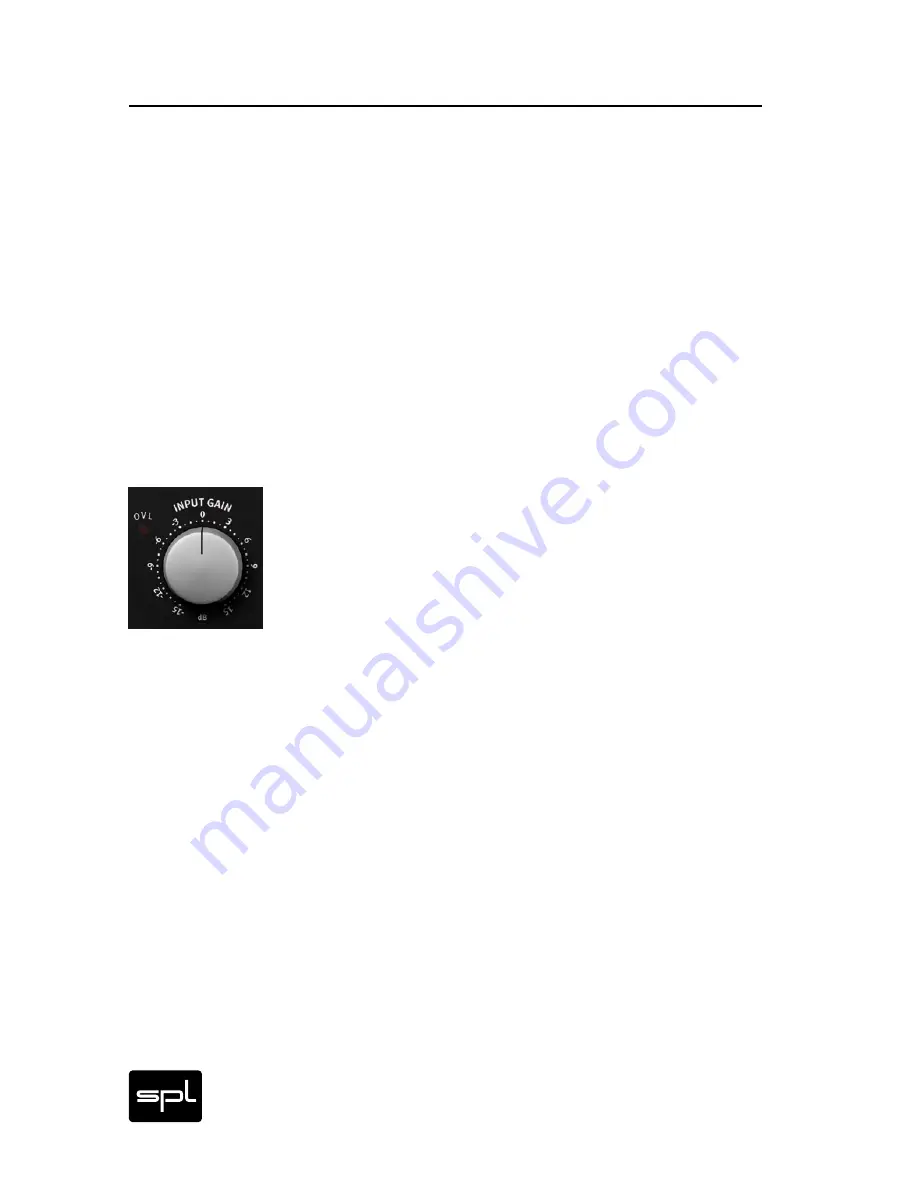
14
DrumXchanger Analog Code
®
Plug-in
EDITOR, SETTINGS & INPUT Module
Control Elements
If the host program allows it, the settings can also be automated so
you can use different settings at different points. The automation
parameters in the host program’s list is called “Settings”.
As long as you work within a single session of the host program and
the plug-in is installed, the settings are saved and can be recalled
afterwards. When opened, the plug-in loads the active setting
adjustments instead of the default settings. If you remove the plug-
in from the host program all settings are lost.
There is an exception though: when you save all settings of a plug-
in instance as a preset in your host program. A host preset includes
all internal settings.
To erase all settings at once you can reinstall the plug-in or reset it
in the Preset Manager of your host program.
Input Gain
Use the INPUT GAIN control to determine the input level of
the original sound and adjust the signal’s volume. The level
meters in your host program ought to give you a good idea of
the original signal’s input level. You can use the INPUT GAIN
control to compensate low and high level signals.
These adjustments have no influence whatsoever on the recogni-
tion and trigger level. The level ranges from -15 dB to +15 dB.
The OVL LED left of the INPUT GAIN control indicates if the proces-
sor is overloading. The OVL LED is post-INPUT GAIN, so it indicates
if an input signal is too hot, but also if the overloading is taking
place after the INPUT GAIN, which means that the adjustment of
the latter might be too high.















































